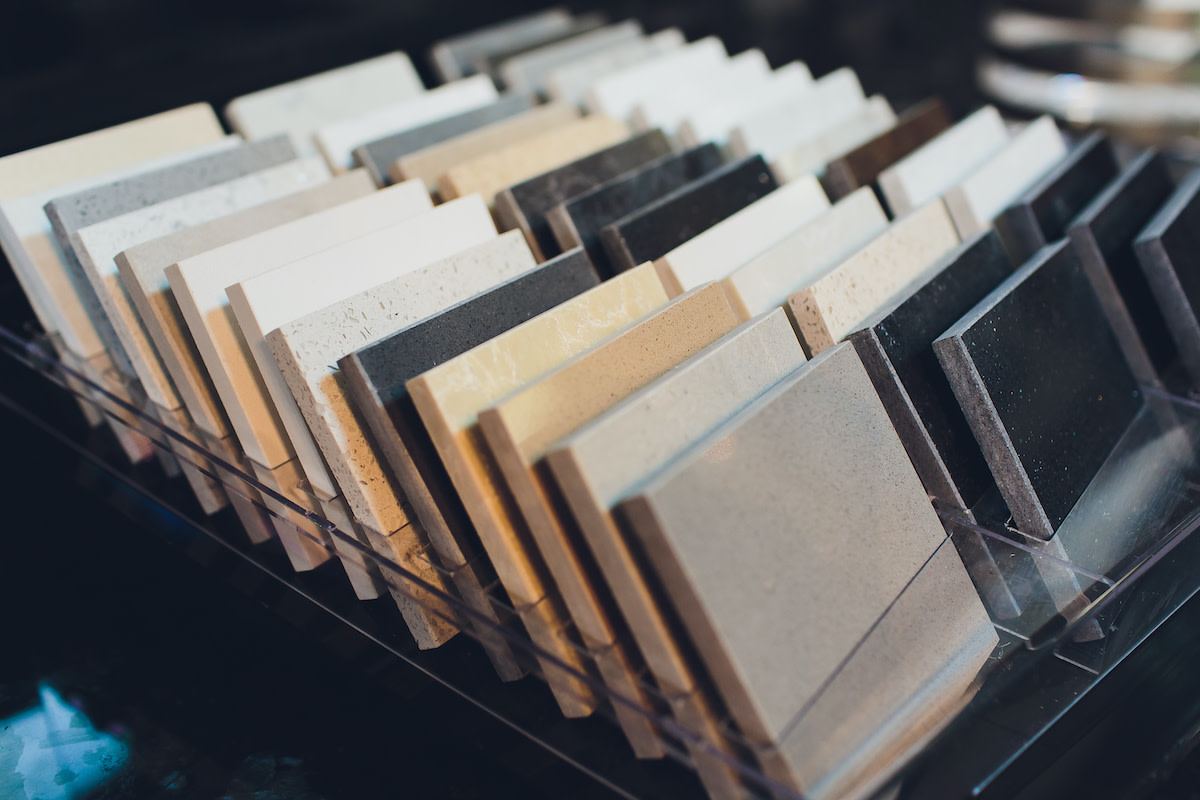Porcelain Tile vs. Ceramic Tile: What’s the Difference?
Written by MasterClass
Last updated: Sep 16, 2021 • 2 min read
Porcelain and ceramic are popular tiling choices for countertops, walls, backsplashes, flooring, and more, with each material coming with its own unique set of benefits.
Learn From the Best
What Is Ceramic?
Ceramic is a clay-based and kiln-fired material. Ceramic is a standard tile flooring material for homeowners because it’s an affordable option that you can individualize with different colors, designs, and patterns. Showrooms often feature various types of tiles to give home decorators singular wall and flooring options to choose from.
What Is Porcelain?
Porcelain is made of clay and fired in a kiln. Compared to ceramic, porcelain is heated at a higher temperature and is fired for a longer time, enhancing the quality. The American Society for Testing and Materials (ASTM) adjudicates elements that define whether material is porcelain or not, which often depends on the density of the clay and the water absorption rates.
Ceramic Tile vs. Porcelain Tile: What’s the Difference?
Porcelain and ceramic tiles are made out of clay, but porcelain is fired longer and at hotter temperatures. The firing process affects many qualities of the tiles, including their longevity, price point, and more:
- Durability: Because it is fired for a longer period, porcelain will last longer and is more durable, making it ideal for high-traffic areas. In rooms with more action or heavy foot traffic, chipping may be more likely. When porcelain chips, it will be the same color throughout unless it is glazed. Ceramic flooring and wall tiles are typically painted on the surface and might reveal a different color beneath if chipped.
- Cost: Prices for porcelain and ceramic tiles will vary, but generally, porcelain will be more expensive. The price per square foot can start at a few dollars more, which adds up depending on how much flooring, wall space, or backsplash you are aiming to cover. The cost can balance over time: porcelain will last longer, but ceramic tiles are not as hard and are easier to cut, making DIY home improvement projects easier.
- Appearance: Ceramic and porcelain each present aesthetic benefits. The selection of porcelain or ceramic is dependent on the individual style of a home or a commercial space. Porcelain will often have a sleek appearance, while ceramic offers a homey and more colorful aesthetic. Ceramic glazing comes in a variety of different colors, patterns, and styles. While ceramic tiles can be used to create colorful patterns and tessellations, porcelain can be wood-like or mimic natural stone.
- Water resistance: The American Society for Testing and Materials (ASTM) standards maintain that porcelain has a water absorption rate of half a percent or lower, meaning it is highly water resistant. Porcelain floor tile will absorb less water, making it an ideal choice for rooms that may endure spills like bathrooms, laundry rooms, and kitchens. Ceramic more easily absorbs water, which over time can cause flooring tiles to warp. As such, ceramic is not conducive to outdoor use.
- Cleanability: Porcelain and ceramic tiling require regular tidying (sweeping and vacuuming). Mopping keeps both squeaky clean, and due to their glazed, smooth surfaces, both porcelain and ceramic are relatively stain-resistant.
Ready to Give Your Space a Chic Update?
Master everything from color theory to pattern mixing with the MasterClass Annual Membership and exclusive lessons from award-winning interior designers like Corey Damen Jenkins and Kelly Wearstler. From shopping for statement furniture to designing a lighting scheme to choosing the newest member of your plant family, the skills you’ll pick up are sure to make your house, apartment, or condo feel even more like a home.
